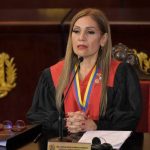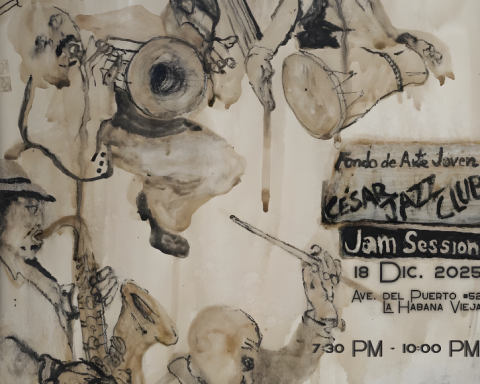From a simple perspective, countries can be divided into two groups: poor and rich. However, to understand the reasons why a nation is considered prosperous or not You have to go beyond what you see on the surface.
So, What makes a country rich? Throughout history, this question has been analyzed by multiple scholars. This group of experts includes the recent winners of the Nobel Prize in Economics: Daron Acemoglu, Simon Johnson and James Robinson.
The theory that allowed them to gain this recognition maintains that the quality of a country’s institutions can define the success or failure of a nation. In other words, not only money and resources can have an effect on economic growth of a country, but also the way in which its organizations are structured.
In the case of the most prosperous territories, their wealth can be attributable to the presence of ‘inclusive’ institutions. That is, political and economic structures that allow greater participation of the population in economic activity.
(Read more: The chapters of Colombia in the work of the Nobel Prize in Economics)
Distribution of wealth
iStock
(Read more: Why are there rich and poor countries?: Nobel Prize winners in Economics explain it)
Quite the opposite with those countries in which they have chosen to develop a more ‘extractive’ model, in which power and resources are concentrated in the hands of a few and the participation of the rest is either limited or relegated.
In fact, academics explain that this is one of the keys to understanding why democracy, sometimes, does not generate major changes and why phenomena such as clientelism and corruption prevail in their place.
“Many economists say that development comes from entrepreneurship and innovation, but in reality it comes from people’s dreams, creativity and aspirations. To be prosperous you have to create a series of institutions that can cultivate this talent”experts highlight.
One of the examples that is usually put on the table to emphasize this idea is the city of Nogaleswhich is located right in the middle of the border between the United States and Mexico. The theory comes to light when it is noted that the American side tends to be the most prosperous.
(See: The list of the last ten winners of the Nobel Prize in Economics)
PORTFOLIO
















